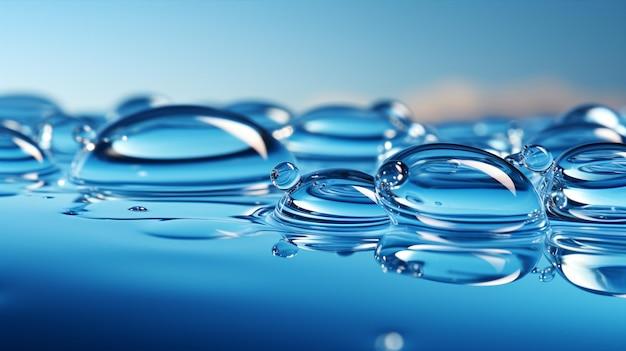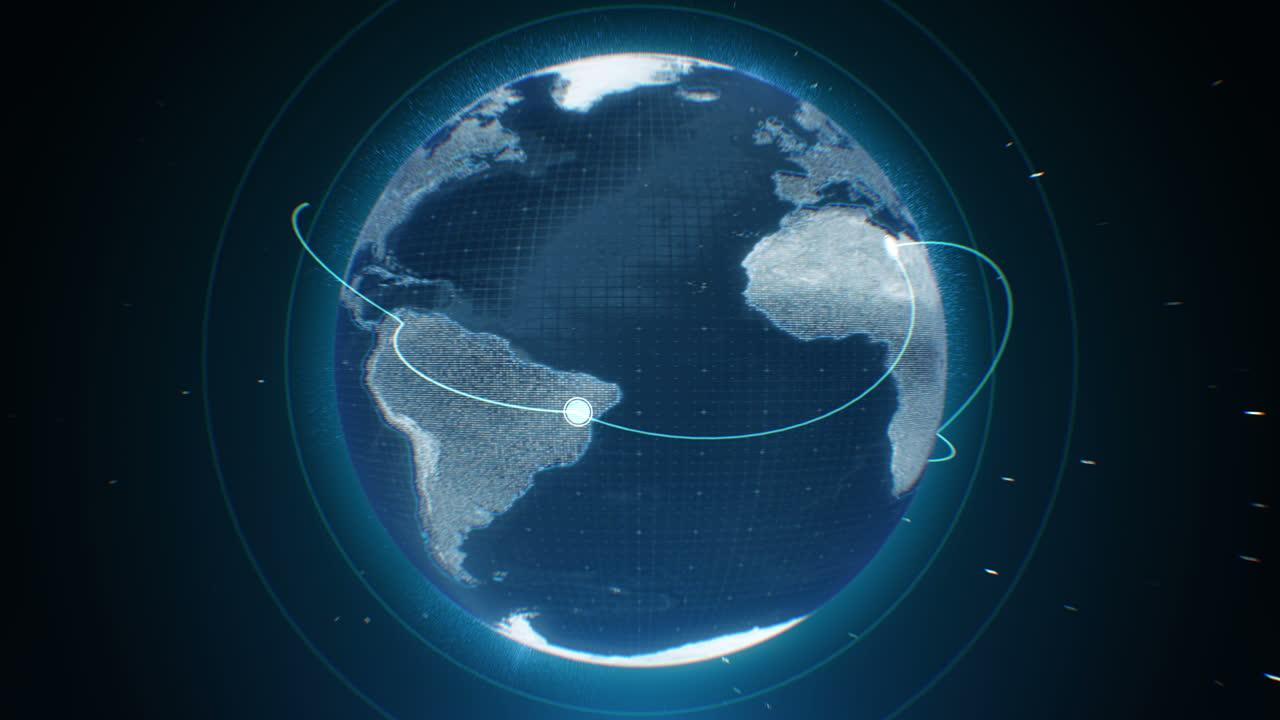Motion JPEG and MPEG are two terms that often get thrown around in discussions about video formats. If you’re new to the world of digital video, you may be wondering what the fuss is all about. Are Motion JPEG and MPEG the same thing? Or are they completely different beasts?
In this blog post, we’ll dive deep into the topic of Motion JPEG and MPEG to uncover the similarities, differences, and everything in between. We’ll explore questions like “What is a Motion JPEG AVI file?”, “Can a video be JPEG?”, and “Is Motion JPEG the same as MPEG?”. By the end of this post, you’ll have a clear understanding of these video formats and be able to tell your friends the difference between 1080p and 2160p without breaking a sweat.
So, if you’re ready to unravel the mysteries of video formats and pixels, buckle up because we’re about to take you on a thrilling ride. Let’s get started!

Is Motion JPEG the Same as MPEG
Motion JPEG (M-JPEG) and MPEG (Moving Picture Experts Group) may sound like they come from the same family, but they are not siblings, let alone twins. Let’s dive into the differences between these two video compression formats and unravel the mystery behind Motion JPEG’s relationship with MPEG.
The Quick and the Compressed
Motion JPEG:
Picture this: you’ve taken a video of your adorable pet doing something hilarious (as pets often do). Motion JPEG comes into play when your camera cleverly compresses each frame of your pet’s escapades into separate JPEG images. Hence, Motion JPEG is like a collection of snapshots stitched together, ensuring high-quality individual frames. However, this format can result in large file sizes, as it prioritizes maintaining video fidelity.
MPEG:
Meanwhile, MPEG was born to save our precious storage space without sacrificing too much image quality. Unlike Motion JPEG, MPEG doesn’t treat each frame as a separate entity. Instead, it finds similarities among consecutive frames and stores only the differences. Crazy, right? By encoding these differences, MPEG is able to achieve greater compression ratios and offer files that won’t eat up your hard drive faster than your pet devours treats.
Beneath the Surface
Motion JPEG:
When it comes to compatibility, Motion JPEG is as flexible as a contortionist—almost. It’s widely supported by various software and devices, making it super easy to play. However, keep in mind that larger file sizes may cause buffering issues if your internet connection is as slow as a snail marathon.
MPEG:
In contrast, MPEG videos can be streamed online with minimal buffering, as they pack more content into smaller files. The versatility of MPEG has made it the go-to format for web streaming platforms and video distribution, ensuring smooth playback even with mediocre internet speeds.
Quality vs Quantity
Motion JPEG:
If high-quality visuals are a top priority, Motion JPEG has your back. You won’t miss a single whisker or wagging tail, as each frame stands alone, crisp and clear. But remember, good things come at a cost. Those larger file sizes might be a nuisance if you’re low on storage space or want to share your pet’s video masterpiece with the world at lightning speed.
MPEG:
MPEG wins in the compression battle, making it ideal for streaming and online distribution. While it sacrifices a bit of visual perfection, it keeps file sizes in check, allowing you to share those adorable videos with friends, family, and the entire internet in a flash.
Conclusion (without a Subheading)
So, the next time you capture your pet’s unforgettable moments, consider your needs: Motion JPEG for crystal-clear, high-quality playback at the expense of file size, or MPEG for efficient web streaming with a touch of compression. Now, armed with this newfound knowledge about these video buddies, you’re ready to navigate the wild world of video formats.
Stay tuned, there’s more to learn, decode, and uncover in the vast realm of video and motion imaging!

FAQ: Motion JPEG vs MPEG
What is a Motion JPEG AVI file
A Motion JPEG AVI file is a video file format designed to store digital video using the Motion JPEG compression algorithm. Unlike other video formats, it uses individual JPEG frames to achieve compression, resulting in large file sizes but high image quality. Each frame of the video is compressed independently, allowing for easy editing and fast seeking within the file.
How many pixels do you really need
The number of pixels you need depends on the intended use of the image or video. For most purposes, such as viewing on a computer or sharing on social media, a resolution of 1920×1080 pixels (known as 1080p) is considered sufficient. However, if you plan to print the image or display it on a larger screen, you may require a higher resolution, such as 3840×2160 (known as 2160p or 4K).
Can a video be JPEG
While videos are traditionally associated with formats like MP4 or AVI, it is indeed possible to have a video in the JPEG format. This is where Motion JPEG comes into play. Motion JPEG video files consist of a series of individual JPEG images played in succession, giving the illusion of motion. So yes, a video can be in the JPEG format!
Is 1 MB high resolution
When it comes to file size, 1 MB isn’t considered large by today’s standards. However, in terms of resolution, a 1 MB image can still provide decent quality depending on the compression used. The resolution of the image is determined by the number of pixels it contains, rather than the file size alone. So, while 1 MB may not offer the highest resolution, it can still be suitable for online usage or smaller displays.
How many pixels is a good quality picture
In general, a good quality picture should have a minimum resolution of 2000×1500 pixels, which is equivalent to 3 megapixels. This allows for clear detail and the ability to print at standard sizes without significant loss of quality. However, if you aim for professional-grade photos or large prints, opting for higher resolutions, such as 4000×3000 pixels or more, is recommended to capture finer details and ensure the best possible image quality.
Is Motion JPEG the same as MPEG
No, Motion JPEG (M-JPEG) is not the same as MPEG (Moving Picture Experts Group). While they both involve video compression, they use different algorithms and achieve different levels of compression. Motion JPEG compresses each frame of a video as a separate JPEG image, resulting in larger file sizes but high image quality. On the other hand, MPEG uses interframe compression to reduce redundancy between frames and achieve smaller file sizes, often sacrificing some image quality.
Can you tell the difference between 1080p and 2160p
The difference between 1080p and 2160p (4K) resolution primarily depends on the display size and viewing distance. On smaller screens or when viewed from a typical distance, it may be challenging to discern the difference between the two resolutions. However, on larger screens or when viewed up close, the increased pixel density of 2160p becomes evident, resulting in crisper and more detailed visuals. So, while the difference may not always be noticeable, 2160p offers a significant improvement in image quality for larger displays or immersive viewing experiences.
So there you have it! These frequently asked questions shed light on the differences between Motion JPEG and MPEG, the pixel requirements for images and videos, and even touch on the fascinating world of JPEG videos. Now you can make informed decisions when it comes to video formats, resolutions, and image quality. Stay pixel-perfect, my friends!
Note: The information provided in this article is accurate as of 2023.
